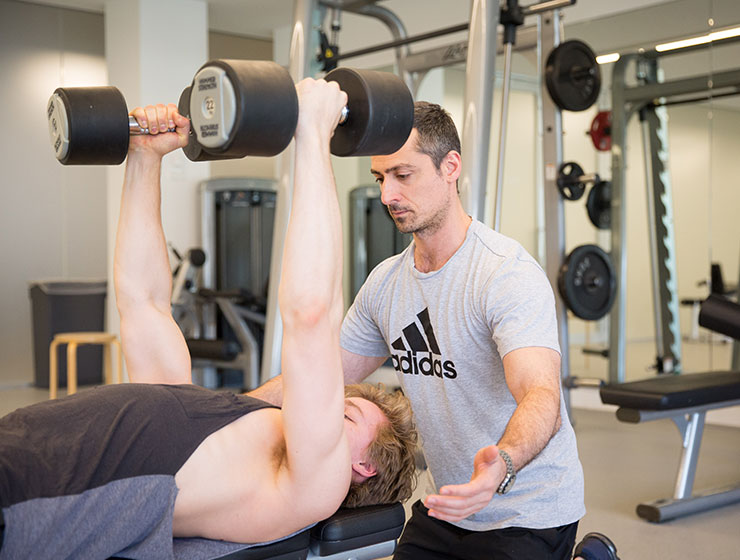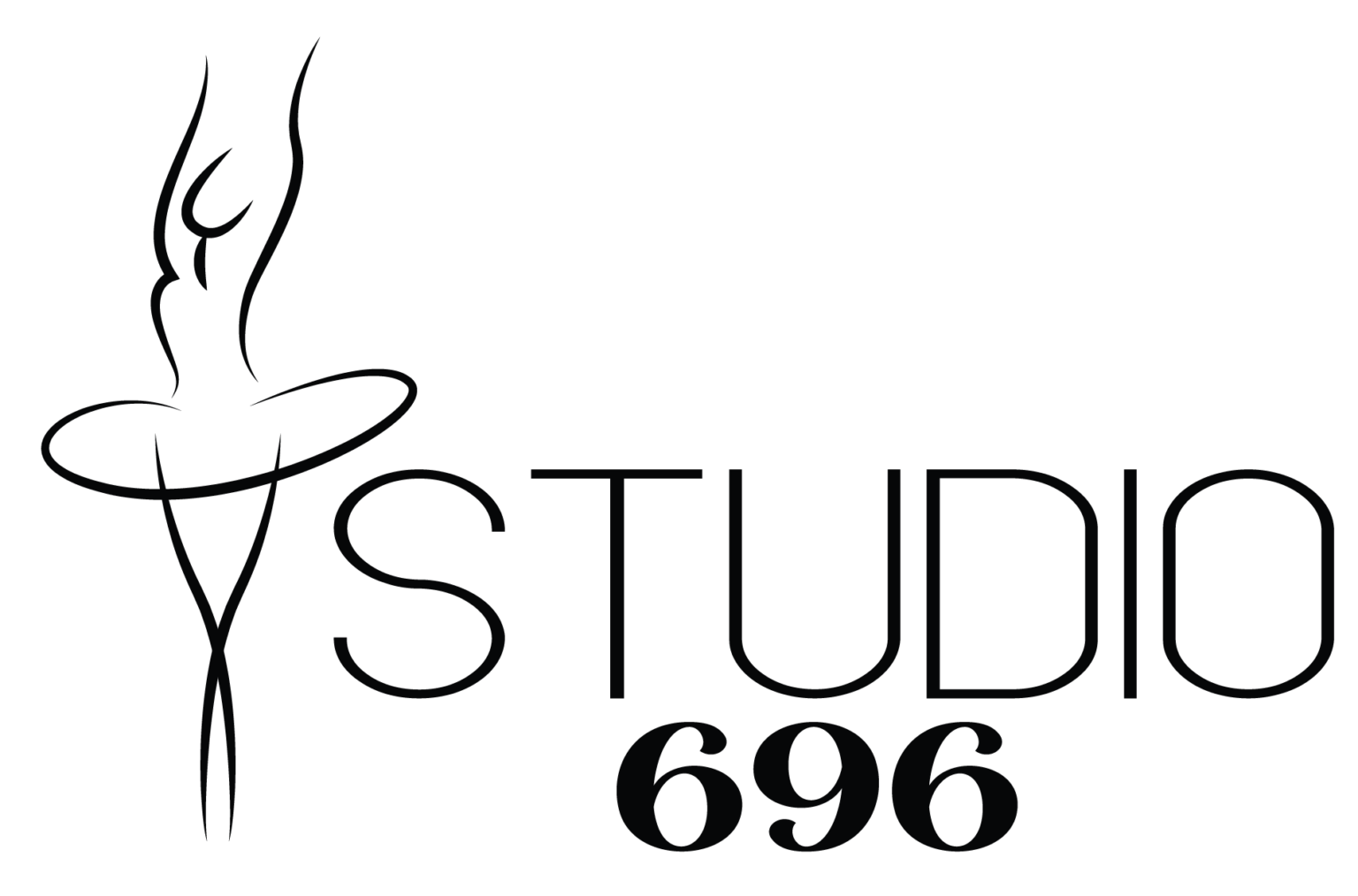Hi, I’m Sakis Michelis, and I’m proud to serve as the Strength and Conditioning Coach for The Australian Ballet and The Australian Ballet School. I was a former dancer with TAB and I have experience working with other leading dance companies such as QB, WAB, and ADT that has given me unique insights into the specific physical demands of ballet and dance. As a Strength and Conditioning Coach, my goal is to help dancers build strength, improve their technique, and prevent injuries so that they can perform at their best.

Tell us a little about your ballet training as a child and what took you down that path?
When I was just five years old, I stumbled upon an advertisement in our local newspaper for a school in Camberwell that caught my eye. It featured my future ballet teachers, and although I didn’t really understand what ballet was, I asked my Mother if I could go. Surprised by my request, my Mum agreed and I began my journey into the world of ballet. I don’t recall much from my first class, but it must have been enough to pique my interest, as I continued with it until I was old enough to audition for the Australian Ballet School. My fondest memories of my early ballet days revolve around the end-of-year concerts and the months of preparation leading up to them. I spent countless Saturdays and Sundays in the studio perfecting my sections, all for a mere three performances. Despite the rigorous rehearsals, I wouldn’t trade those experiences for anything. Those years were some of the best of my life, and I made lifelong friends who I still keep in contact with to this day.
After retiring from The Australian Ballet what took you to Pilates/body conditioning and fitness training?
Injury! It was a devastating way to end a career that I loved. However, I truly believe that my injury was a blessing in disguise. It forced me to re-evaluate my path and seek out new opportunities. Through my recovery process, I attended Pilates and strength training, which not only helped me overcome my injuries but also inspired me to pursue a new career. I decided to retrain myself by taking courses in Personal Training, Pilates, Gyrotonic, Garuda Method, and Strength and Conditioning. These courses not only expanded my knowledge, but also gave me the tools to help others who may be going through similar challenges. Although my injury ended my dancing career, it opened the door to a fulfilling and rewarding career that I am grateful for every day.
Tell us a little about your role with TAB and what a normal day looks like?
At TAB, I play a vital role in helping dancers maintain peak levels of strength and fitness, ensuring they are fully prepared for their performances. Working collaboratively within the Artistic Health Team, I map out the year and structure strength blocks to coincide with rehearsal periods, so dancers are in peak physical fitness for performances.
Writing customised strength programs for all 78 dancers is a significant part of my job, as I tailor each program to meet their individual needs. Additionally, I provide strength programs for Orchestra Victoria, ensuring they too can perform at their best.
My day begins at 9:15 with a team meeting, where we discuss the day ahead and the dancers we will be working with. During pre-class sessions, I may work one-on-one with dancers or be present in the gym to answer any questions they may have. While the dancers are in class, I also work with members of Orchestra Victoria to ensure they are getting the strength training they need. The rest of my day is typically spent in individual sessions with dancers, meeting with artistic staff to gain better insights into their needs and figuring out how best to support the dancers in the gym. Depending on their rehearsal schedule, I can see up to eight dancers per day for their individual sessions.
How much has the dancer’s fitness program evolved over the years and do you see it as an essential element to keeping dancers healthy and increasing the longevity of their careers.
During my time as a student and later as a professional, there wasn’t much emphasis on strength and conditioning (S&C) for dancers. Many of us believed that Pilates and ballet training were enough to make us strong for dance. However, during the latter part of my career and with the introduction of calf raise testing at TAB, the mindset began to shift as it was proven to reduce ankle injuries. This led to the inclusion of elements of strength training in our dance programs. Since I left TAB in 2005, there has been tremendous progress in incorporating S&C programs for dancers. Nowadays, most dancers at TAB engage in some form of strength training to improve their dancing. This change has been instrumental in promoting longevity in dancers’ careers. All you have to do is look at the upper ranks, and you’ll see how well our older dancers are performing. It’s clear that the S&C program has played a vital role in keeping them on stage.
What’s the best part about your job?
Working alongside these highly skilled dancers all day, I strive to push their limits and help them achieve their full potential, creating impactful outcomes that will ultimately enhance their dance performances. Not to mention, working with a world class Artistic Health Team at the forefront of Dance Medicine.
What four exercises would you tell the general public to put into their weekly fitness regime?
Hip thrust
Leg press
Supine psoas
Adductors, all assist with lower back support.
Let’s throw in single leg heel raises as well. Got to keep those ankles strong!
Sorry, couldn’t stop at 4!
Men’s health is rarely discussed in comparison to women’s. What changes occur after 40 and do you have any good tips for our male followers?
Strength training is important for all ages, but as you age it’s important to keep moving and high intensity training should continue no matter how busy you get. Joints naturally age and strength training can help protect the joints and help relieve pain.
Thoughts on fasting?
I would advise seeking guidance from a healthcare professional before embarking on any dietary or fasting program. Doing so could potentially cause harm to your body, and it’s important to prioritise your health and well-being above all else.
Where are we headed in terms of fitness fads?
Wearable technology and fitness apps have become increasingly popular due to their ability to provide real-time feedback, which is appealing to many people. As a result, traditional weightlifting in gyms is losing its appeal, and functional fitness and bodyweight exercises that can be done anywhere without equipment are becoming more popular. In the future, it is likely that personalised fitness programs using AI will continue to gain traction, as they can be tailored to individual needs and preferences. However, it is important to focus on sustainable and evidence-based practices rather than chasing fads. By prioritising sustainability and evidence-based practices, individuals can ensure that they are making long-term progress towards their fitness goals.
What does your personal fitness routine look like?
Due to my constantly changing interests and goals, I tend to switch up my gym routine every 6-8 weeks. This allows me to focus on different areas, such as strength training, high-intensity interval training (HIIT), functional training, and Pilates. I find that varying my workouts keeps things interesting and challenging, and prevents me from getting bored. However, my current lifestyle as a new parent limits the amount of time I can spend in the gym. To ensure that I’m still able to maintain my fitness level and avoid injury, I’ve had to adjust my routine. I now spend a maximum of 10 minutes in the gym each day, focusing on the essentials to prevent any old injuries from resurfacing.
Quick fire 5 questions
What book are you reading?
I don’t have the time to indulge in recreational reading, however, when I do have a moment, I will check in with current research papers to keep myself up to date with the evolving dance medicine space.
Favourite piece of music or song?
Too many to choose from but I’ll say Ride Like The Wind by Christopher Cross
Favourite movie?
Blade runner. Revolutionary for its time!
Favourite city in the world?
Hands down San Sebastian!!!
Best life advice you were ever given?
Never look back!
